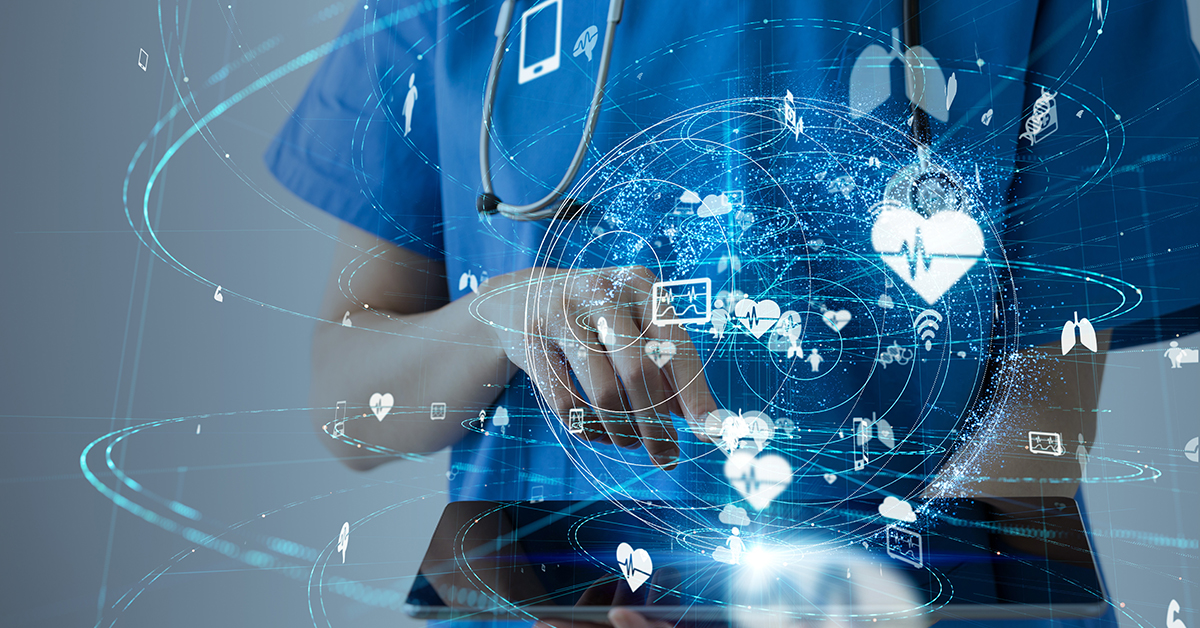Remote Monitoring for Heart Rhythm Disorders: How It Works and Why It Matters

For patients with heart rhythm disorders, remote monitoring is transforming the way heart health is managed. Instead of relying solely on in-clinic visits, remote monitoring allows physicians to track a patient’s heart function from home, which ensures timely adjustments and reduces the need for frequent in-person appointments.
How remote monitoring works
Many patients with heart rhythm disorders have implantable devices like pacemakers, implantable cardioverter defibrillators (ICDs), or cardiac loop recorders. These devices continuously monitor heart activity and use remote technology to transmit data to a patient’s healthcare team.
Patients receive a home monitoring unit that connects wirelessly with their implanted device. Some devices send data automatically, while others require patients to manually transmit reports by pressing a button. The information shared includes heart rate trends, arrhythmia episodes, device battery levels, and any irregular activity that might require medical attention.
Why remote monitoring matters
Remote monitoring offers several advantages for both patients and physicians. It enables the early detection of potential issues, which reduces the risk of complications. Providing real-time data allows physicians to adjust treatment plans as needed without requiring an in-person visit. Remote monitoring also makes care more convenient for patients, as it decreases the number of necessary clinic visits.
For many, having a system that continuously tracks heart health provides peace of mind. Knowing that a physician is monitoring for any irregularities between scheduled appointments can help patients and their families feel more secure.
Who benefits from remote monitoring?
Patients with pacemakers, ICDs, or cardiac loop recorders are often candidates for remote monitoring. It is especially beneficial for those who have a history of arrhythmias, need frequent monitoring, or live in rural areas where frequent travel to a clinic is difficult. Patients who require regular device adjustments or follow-ups can also benefit from fewer in-person visits.
A smarter way to manage heart health
Remote monitoring is becoming a standard practice for managing heart rhythm disorders. By providing early detection, convenience, and continuous care, it offers an effective way to improve long-term health. Patients with implantable heart devices should talk to their doctor to see if remote monitoring is an option for their ongoing care.
